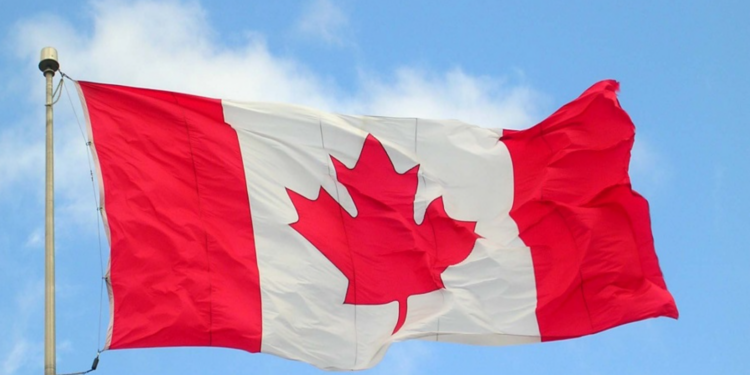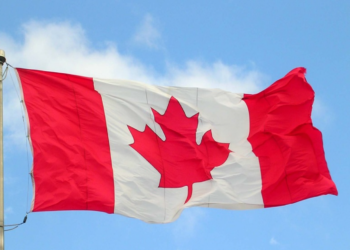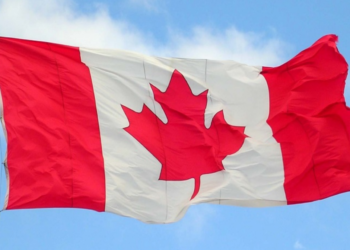Canadian institutions, the University of Regina (U of R) and the University of Saskatchewan (U of S), are experiencing a significant decrease in international student enrolments, a trend that is beginning to affect the financial stability of both institutions.
The U of R has reported a 50% drop in the number of newly admitted international students this winter compared to January 2024, and the U of S is seeing a similar decline, with preliminary numbers showing a 20% decrease.
According to CBC News, Saskatchewan’s universities have become less of a destination for international students, which could lead to financial challenges.
International students contribute a substantial amount to university revenue, but fewer are applying to study in the province, which is partly due to changes in federal policies.
These policies have made it more difficult for international students to come to Canada, with stricter requirements and caps on student numbers.
Drop in international student enrolment
Reports inform that the University of Regina’s latest winter count revealed that 4,457 international students were enrolled, which makes up just under one-third of the total student population. The U of S reported that international students accounted for 14% of their total student body in 2023-24.
However, both universities have seen a sharp decline in new international students this winter term. A spokesperson for the U of R stated that the reduced number of incoming students is not keeping pace with the number of continuing students, which will result in fewer international students on campus in the future.
Impact on revenue
International students pay significantly higher tuition fees than domestic students. In Saskatchewan, international undergraduates paid an average of $31,540 in tuition this academic year, while domestic students paid $9,609, CBC cites.
Over the past five years, international tuition fees have increased by 53%, while domestic student fees rose by 16%. Vice-provost of students and learning at U of S, Jerome Cranston, noted that while the institution is feeling the financial impact of the decrease, they have not resorted to measures like layoffs.
“We are taking a look at our expenditures,” he said, “but we are not contemplating layoffs or not filling positions.”
Federal policies affecting international students
Federal policies aimed at reducing temporary resident numbers have had a direct impact on international student enrolment. Immigration, Refugees and Citizenship Canada (IRCC) implemented measures such as doubling the financial requirements for students and issuing work visas to graduates only in fields related to labor shortages.
Additionally, the federal government set a cap on the number of international students. Cranston suggested that a more tailored approach to international student policies would have been better for Saskatchewan, which has unique demographic and economic challenges compared to other provinces.
Saskatchewan’s response
Saskatchewan’s Minister of Advanced Education, Ken Cheveldayoff, stated in an email that the province is working closely with post-secondary institutions to find new ways to attract international students. He noted that recruiting international students remains a priority.
However, universities are finding it difficult to replace the financial contributions of international students with domestic enrolment alone. StatCan data indicates that for every international student lost, Saskatchewan universities would need to enroll more than three domestic students to achieve the same financial outcomes.
Racial tensions and policy uncertainty
In addition to financial and academic concerns, some international students have expressed frustration with the uncertainty surrounding government policies and the rise in anti-immigrant sentiment. Reports inform that a student at the U of R, Het Bhavsar, highlighted how online racism is translating into real-world consequences.
“People are being so racist nowadays,” he said, recalling an incident on a bus where he was verbally attacked.
With changing policies and increasing racism, many international students feel the environment in Canada is becoming less welcoming.
The decline in international student enrolments at these universities informs of a shift for the province. Both institutions are adjusting to the financial impact while facing broader challenges tied to federal policies and the changing student experience. As the situation develops, Saskatchewan’s educational landscape may need to adapt in response to these ongoing issues.

















